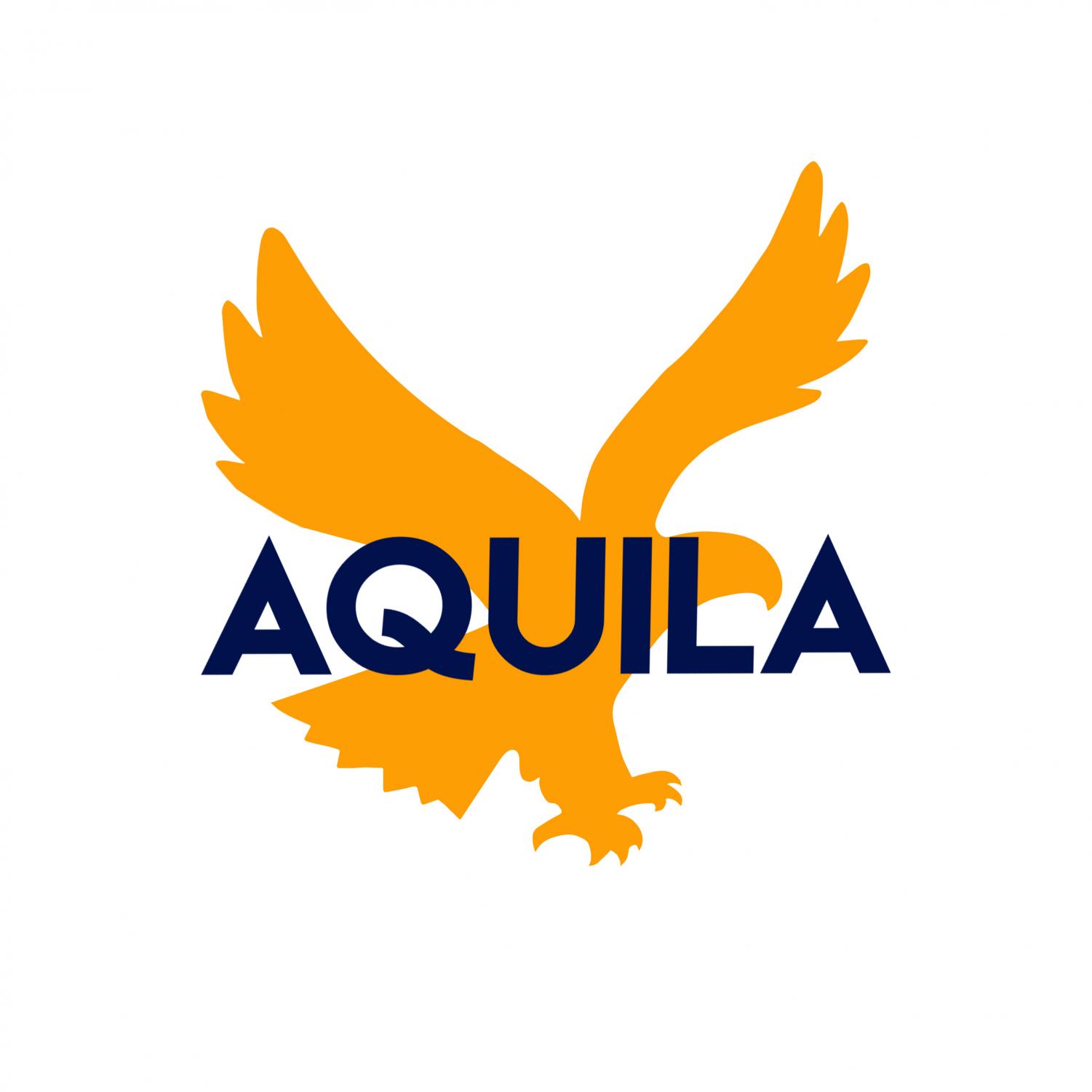Poor facilities hinder teaching
Transitioning back to in-person schooling has brought a slew of trials and tribulations for UPA staff and students, one of them being the poor Wi-Fi on campus. Computer science teacher Nicole Sebek compares the Wi-Fi to water distribution, noting how touch and go it has been in previous years.
“If you think of water, only so much water can go to everyone who wants it,” Sebek said. “So if something is hogging all the water then it wouldn’t go to everyone, or if there’s something blocked in the water pipe then it doesn’t go up to people.”
However, Sebek observes that the Wi-Fi has been particularly bad in the Learning Center this year. Both science teacher Elisheva Bailey and science teacher Reo Sato, whose classrooms are in the Learning Center, have felt the effects.
Bailey says that the classrooms MIT and Cal have been having issues with their Chromecast projector and casting on it.

“We’ve always known that MIT has a problem, so yeah, it’s a struggle,” Bailey said.
Teachers have been supplied with one hotspot for personal use, yet Sato finds that the poor Wi-Fi has made teaching increasingly difficult.
“We live in an age where the internet is like a kind of key to everything that you do, so something as simple as taking [attendance], you can’t do that,” he said.
While Bailey acknowledges that there is work being done to improve the network, she is still frustrated.
“I don’t blame anybody, it’s just sometimes I don’t know if we’re being really heard right,” she said.
Technology Director Tom Guevara explained that the reason for the poor Wi-Fi is due to a bad installation over the summer.
“We were upgrading to a new technology, replacing legacy equipment that was designed in 2013,” Guevara said. “The network design and the network equipment were being adjusted. We had a failure with our integrator.”
Guevara notes how there is a disconnect in the people’s understanding of how Wi-Fi works, specifically since assumptions are based on how Wi-Fi in homes function. At home, Wi-Fi functions through one point on a wireless network.
“If your wireless is not working, it’s because the signal is poor, or your internet is out,” Guevara said. “It doesn’t quite work here, the campus is extremely complicated.”
UPA’s campus has 35 access points to the network that connect to six switches. These switches are connected fiber in between the buildings that go out to four different internet access services.
Failure in the Wi-Fi can be hard to pinpoint. Guevara says that hotspots and devices students bring from home can also cause interference, so the network needs to be rebuilt to sustain this. This is due to the competing radio signals from the student-owned devices or hotspots, which then creates high frequency traffic that makes it difficult to send signals.
“We’ve got a good solid foundation and we’ll be continuing to make it better,” Guevara said. “And hopefully add more devices, and more services for students.”
Along with the Wi-Fi, there have been issues with the air conditioning. Executive Director David Porter says this is based on what staff and students deem normal.
“When you have expectations and they don’t meet your outcomes, there’s a lot of frustration that comes along with that,” Porter said. “So if the system was working differently, and it is then it doesn’t seem like it’s operating properly.”
The air conditioning itself has not been broken since the first week of school. There was also a power outage from PG&E on Oct. 4, which shut down the air conditioning, but since then, it has been running.
Porter describes an “open system,” which lets the air conditioning system work in a COVID-safe way. This system exchanges air outside the building, instead of circulating the same air around the building, meaning that the temperature inside reflects the temperature outside.
“Now, if you’re driving in your car, and you have the option to turn on widely circulated air, you’ll notice the same scenario but because your car is so much of a smaller environment and you’re sitting directly in front of the air conditioning fan, you’re going to seem like it’s cooler right away,” he said. “If you’re drawing that scenario to a classroom, you’d be sitting in the back of a 12-seater van.”
Bailey says that the temperature of the building has been affecting her ability to teach and her students’ ability to pay attention.
“By the time sixth period rolled around it’s 82 [in MIT], so I took them outside because there was just no way,” Bailey said.
Porter says that technical issues happen at schools often, but are not usually reported about, making them seem nonexistent.
“When these things are running smoothly, we never think about them,” Porter said. “And because we never think about them, when they go broken . . . they seem pretty big—seem very impactful.”

Senior Akhila Ayyadevara is in her fourth year of journalism and first year as Co-Editor-in-Chief of Aquila. She joined journalism in hopes of finding...















